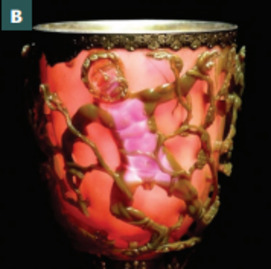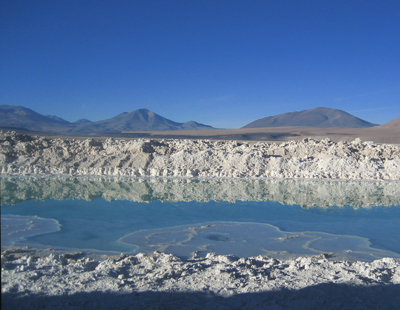Gold in Solution
Although gold is a noble metal and is effectively insoluble even in strong acids, we have known for nearly 500 years that it can be concentrated to mineable levels by being transported as dissolved species in crustal fluids (indeed, most economic gold deposits owe their origin to this mode of transport). From alchemy and later experimental chemistry and geochemistry, we have developed an understanding of the solubility and speciation of gold in aqueous liquids and other crustal fluids. This knowledge informs us about the processes that promote the transport of gold in the Earth’s crust, result in exploitable gold deposits and lead to the remobilization of gold in the surficial environment.



